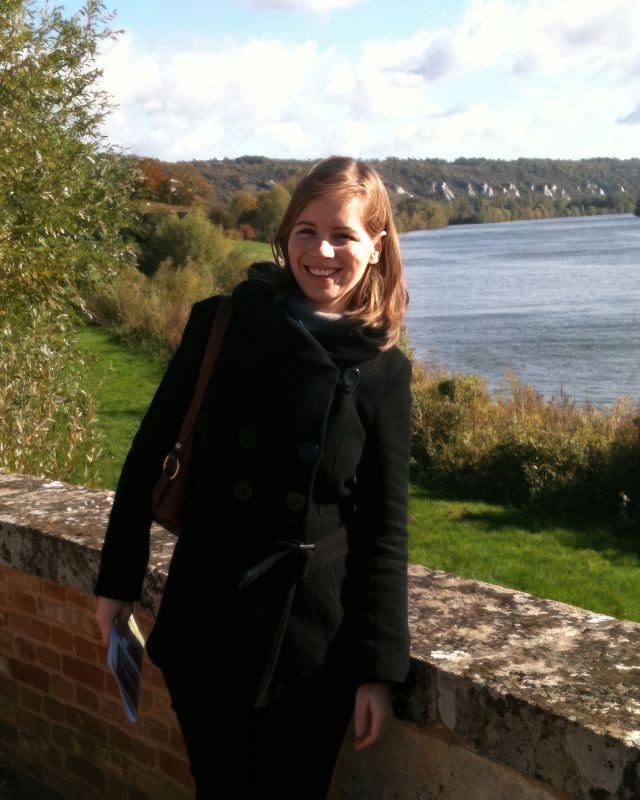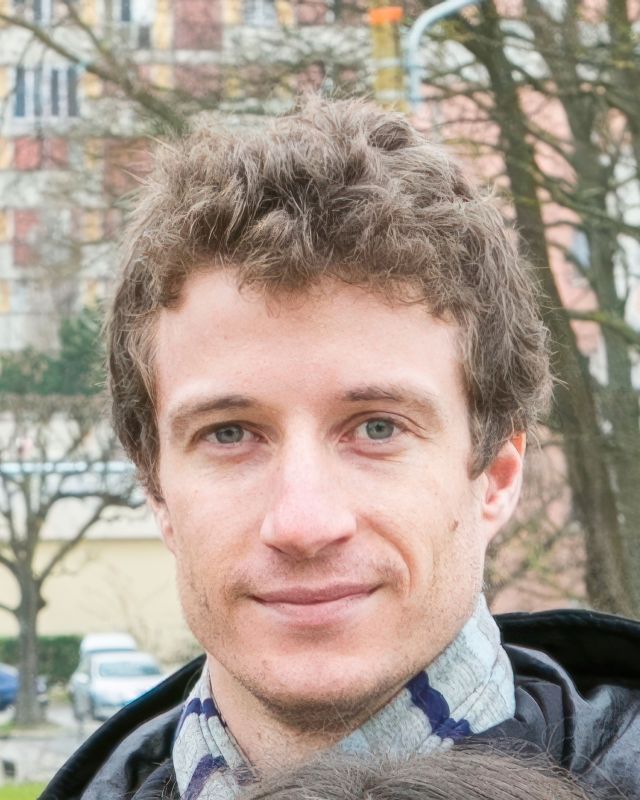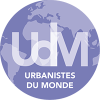Portrait
Frank Zschiegner – STU 2006 – Head of the Economic Development Team at the Versailles Grand Parc Urban Community
Published on | Alumni Portraits
Portrait created by Julie Teissedre
In Situ met Frank Zschiegner in 2013, who was the economic development project manager for the city of Vélizy-Villacoublay. The profile left us curious, predicting that:
“ It has now been nearly 4 years since Frank began working in Vélizy, but an important change is on the horizon as the economic development responsibility will be transferred to the agglomeration. Despite the uncertainty, this presents an exciting opportunity for Frank to work on a new scale. ”
Three years later, he is now the head of the team. And, as announced, he is now working at the Versailles Grand Parc Agglomeration Community.
So, what does this mean in practical terms? Here are 4 questions for Frank Zschiegner from Julie Teissedre.
What is the objective of the economic development team?
The mission of the economic development team is to strengthen the economic activity of the area; both endogenously, by fostering working conditions and synergies among existing companies, and exogenously, by attracting new businesses.
What roles make up your economic development team?
The economic development team consists of three individuals and myself.
One person is responsible for the economic observatory. They collect data on businesses and the property market for commercial premises. This allows for precise responses to location requests and identifies deficiencies in the economic fabric to refine prospecting.
Another individual manages the business relations: they lead business clubs—some of which are autonomous due to their maturity, while others are not—as well as the PDIE (Inter-Company Travel Plan) and organise events for professionals, notably an annual inter-club meeting and thematic breakfasts. Last year, a meeting on entrepreneurship and innovation was held at HEC, which was very successful. The aim is primarily to provide the logistics and opportunity for networking: it is not our role to replace the clubs.
A third person has a specific mission, developing a standard concerning sustainable business parks with the help of AFNOR. The focus is—independently of the ecological aspect—on improving the working conditions of employees. This mission combines urban planning and economic development. It allows for the renovation of an ageing park and enhances the attractiveness of the area.
My role as the manager is to supervise the team but also to act as the link with external partners, primarily the region, the State, competitiveness clusters, and also the OIN Paris-Saclay. I inform about changes in systems and, among other things, prepare files for businesses that may benefit from state support related to social plans.
What are the challenges associated with working at the scale of the Agglomeration Community?
The perimeter of the Agglomeration Community has been modified several times since 2003, which has led to instability. It is now composed of 19 municipalities. The main challenge is therefore to unite the will of elected representatives, who, despite sharing the same political affiliation, still often think at the municipal level, which can also seem legitimate, as representing their municipality is part of their responsibilities. The Commission of elected officials responsible for economic development meets every 2 or 3 months, so it is necessary to prepare these meetings, set an agenda, and make proposals. The economic distribution of the agglomeration being quite heterogeneous (the South, oriented towards the Plateau de Saclay, has very visible activity zones, unlike the North where economic activity is more diffuse), the elected officials have different perspectives, which is why working on the territory project requires a consensus on priority objectives and the means to achieve them. Moreover, not all municipalities engage with the CA in the same way. The smaller municipalities frequently seek assistance, while the larger self-sufficient municipalities have internal resources and their issues do not always reach the CA.
Furthermore, the economy is an area that is interdependent with many other subjects: transport, urban planning, etc. Fortunately, the direction is joint for economic development, transport, and urban planning, which allows for cross-functional cooperation. However, interaction is not straightforward. In many areas, we are not decision-makers. For instance, transport falls under the jurisdiction of the STIF and the Region. Similarly, for high-speed internet, a current topic, negotiation with operators is essential.
Finally, the Agglomeration Community must define its economic positioning. Internally, it must take into account the significant weight of the central city, Versailles. Externally, the Agglomeration Community is 'sandwiched' between the Greater Paris Metropolis, the St. Quentin Agglomeration, and the Plateau de Saclay, which have more pronounced business positions. The elected officials may not be fully aware of this competition, nor of the dependency on the dynamic of the Île-de-France region. This competition is exacerbated by the fact that each level claims to be a one-stop shop!
What are the challenges associated with working with businesses as a public actor?
As a public actor, our goal is to create a sort of 'cocoon', a set of services to encourage businesses to stay locally or even to come from elsewhere to establish themselves. Indeed, the attachment to the territory could be improved. Many start-ups and small businesses move to Paris, London, or beyond. The understanding of the role of the inter-municipal scale in terms of economic development for an average business is limited, which is why we should not wait for businesses to contact the Agglomeration Community, but rather reach out to them. However, some signs are encouraging: two newly formed business clubs have chosen to include the name 'Versailles Grand Parc' in their title, suggesting an identity is emerging.
The other major difficulty is reconciling the short-term demands of businesses with long-term public investments. Indeed, if their requests cannot be met, businesses may quickly decide to relocate. But infrastructural investments, such as those in high-speed internet, take a long time; these projects can last 5 to 10 years. Thus, it is necessary to bridge these two timelines, which requires significant relationship-building and foresight.
In conclusion, this is not a job where I ever get bored!
Caroline Megglé - STU 2008 - Independent Journalist
Published on 12 May 2016
In Situ had the pleasure of speaking with Caroline Megglé, a graduate of the STU programme in 2008, about her rather atypical career path. A passionate…
Thibault Hatton – STU 2010 – Collaborator at Couleurs d’avenir
Published on 25 March 2016
From "community development" to urban social development For this new alumni portrait, I met Thibault Hatton, who works with Couleurs d’avenir, a consultancy…
 English
English  Français
Français 




